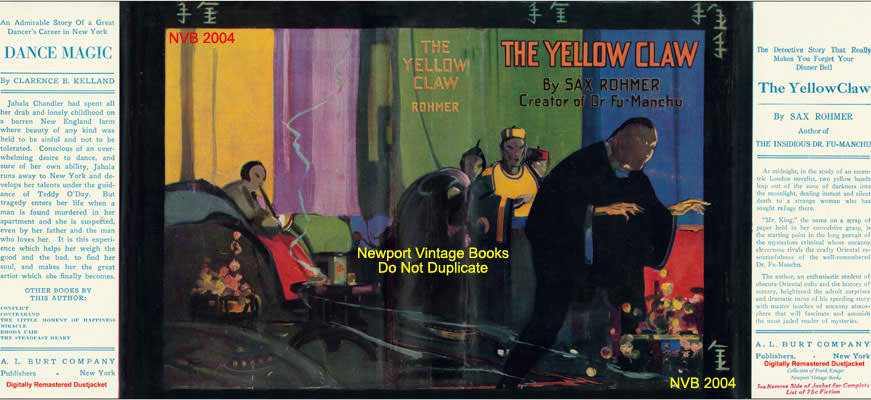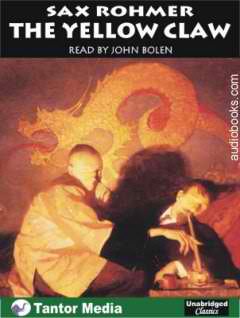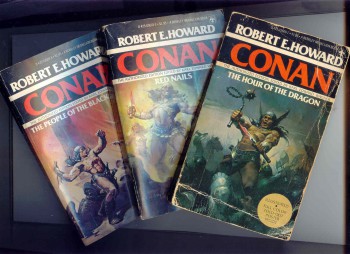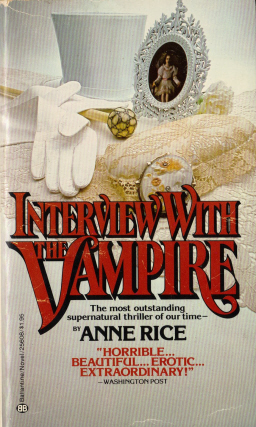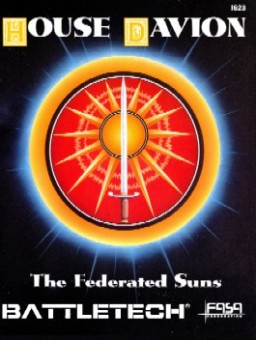New Pulp Fiction for Our New Hard Times
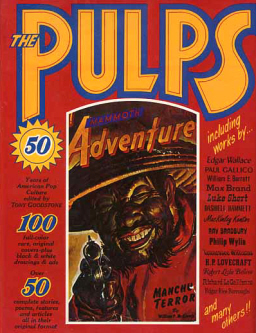 Pulp fiction is back — in print, online, in ebooks, and on iPads. Tough guys, tough women, tough prose, action and more action, blood and thunder, heroes and villains presented unapologetically as heroes and villains.
Pulp fiction is back — in print, online, in ebooks, and on iPads. Tough guys, tough women, tough prose, action and more action, blood and thunder, heroes and villains presented unapologetically as heroes and villains.
And why not? Why not have as much blood and thunder as we can handle right now, given that the last time we saw this much imaginative raw prose in the hands of readers, we were in the hard times of the early 1930s?
Fans of the original old, tough, wild pulp stories have always been here, collecting the magazines when they found them at garage sales or at science fiction conventions. But after the heyday of these magazines in the 1930s and 1940s, popular fiction in the 1950s and 1960s changed and moved on to paperbacks and digest zines and television shows.
By then, though, pulp had lost some of its edge. In the postwar boom, it became less than it had been, in the same way that the antics of rough early vaudeville, for example, changed as the routines moved to radio and then to early television and then to sitcoms.
The early 1970s saw a boom in nostalgia for the real stuff from the 1920s and 1930s — just in time for the very serious recession then. That’s when you found remaindered copies everywhere of Tony Goodstone’s big old coffee table book The Pulps, still the best introduction to the popular fiction of hard times and war time. Tons of great stories were brought back, and Bette Midler’s Songs for the New Depression sold right alongside paperback reprints of the Shadow and Doc Savage and Max Brand.
We’re back there now. We’re in the Lesser Depression, as Paul Krugman has identified it. And just as in the hard times of the early 1970s and the very hard times of the early 1930s, pulp fiction is here to fulfill its commitment to giving us outlandish, big top entertainment.
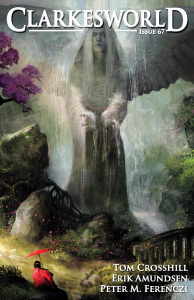 The April issue of Clarkesworld is currently
The April issue of Clarkesworld is currently 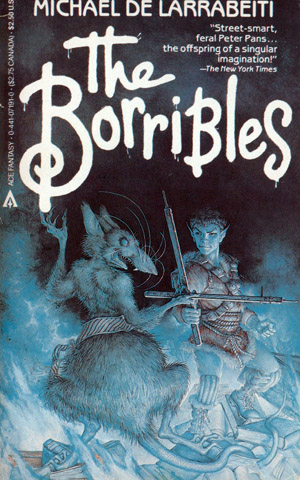 The Borribles
The Borribles